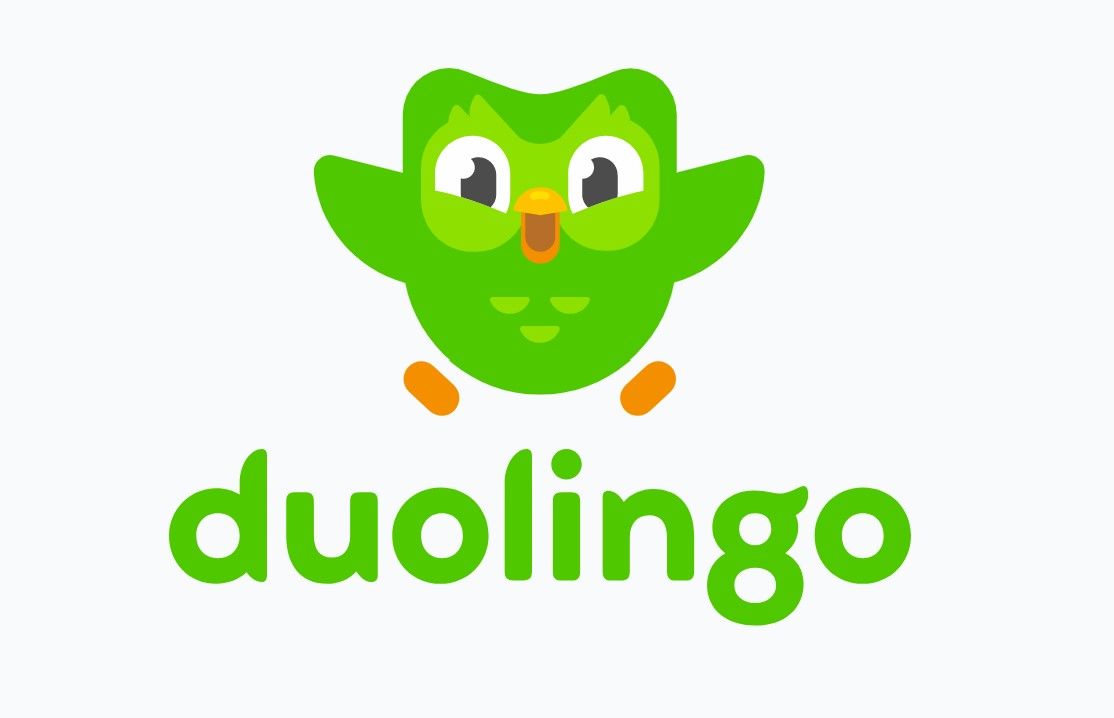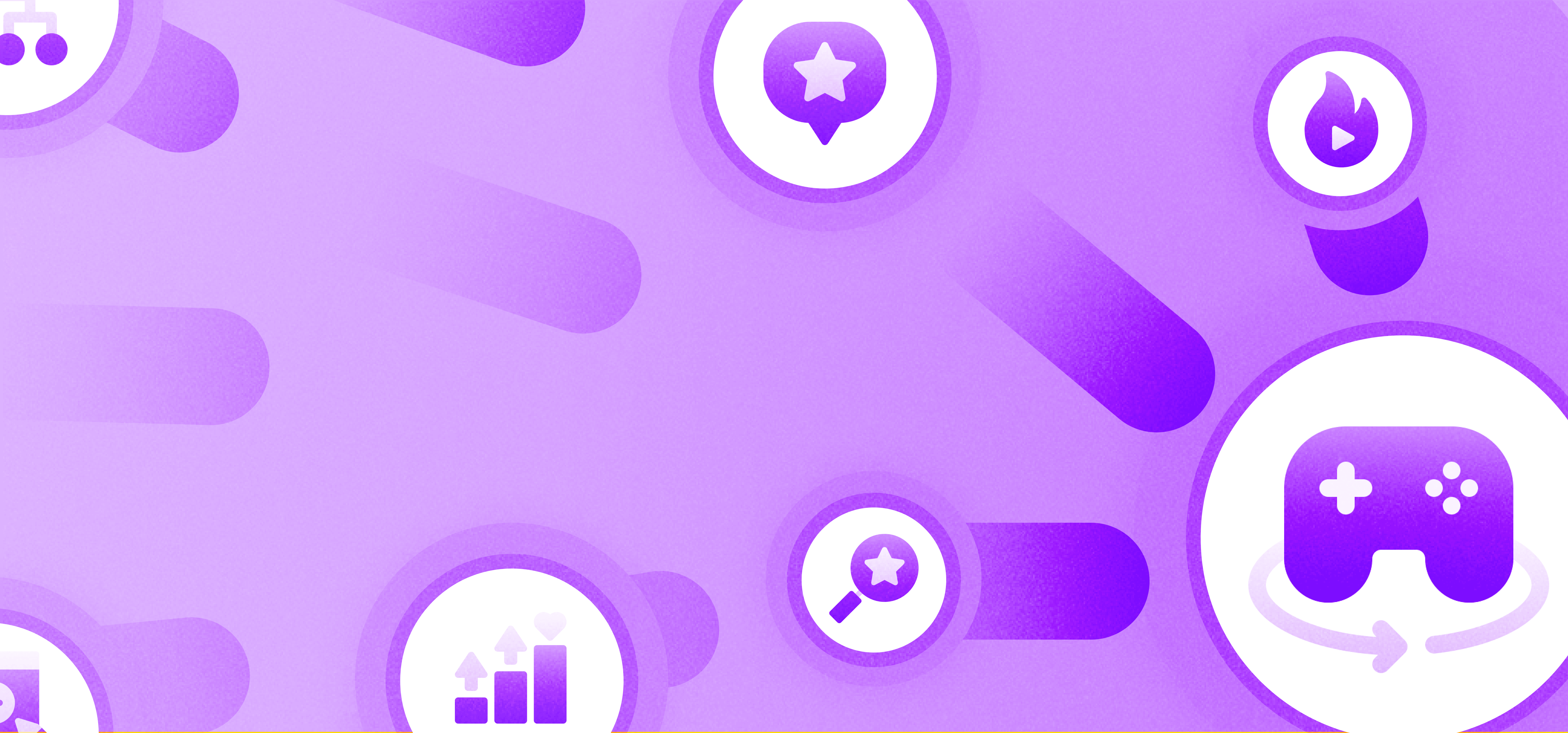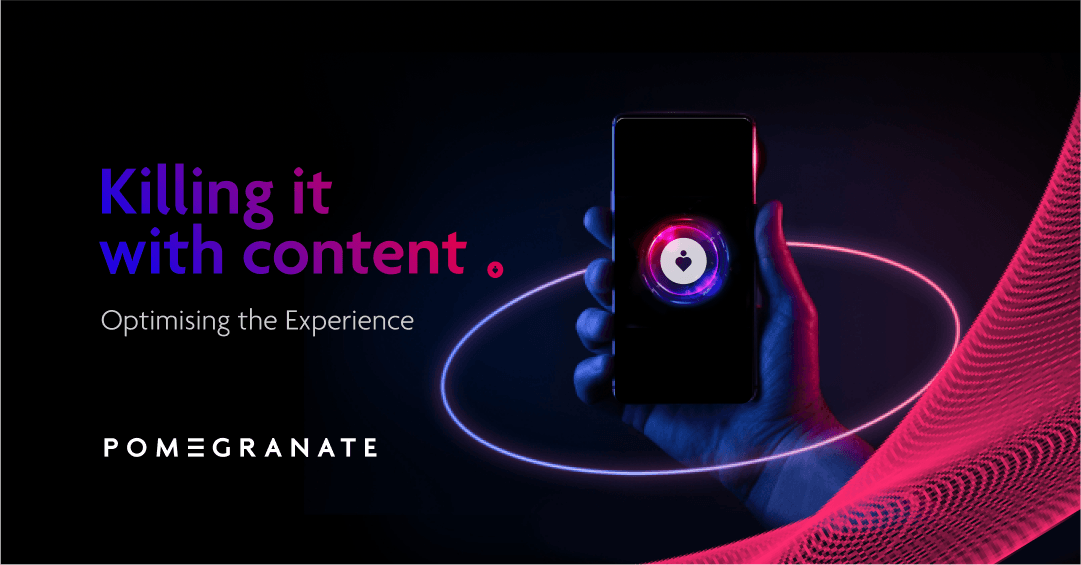In today's digital landscape, where attention spans are shorter than ever, businesses are constantly seeking innovative ways to engage and retain their customers. One such approach that has gained significant popularity is gamification. Gamification serves as a way to not only enhance user engagement but also drives motivation, learning, and overall customer satisfaction.
In this series of articles, we will explore the concept of gamification and go through all the in’s and out’s.
What is Gamification?
Gamification refers to the process of incorporating game-like elements into non-game scenarios. It leverages the innate human desire for competition, achievement, and reward to enhance user experiences. While games typically feature elements like points, levels, challenges, and rewards, gamification adapts these mechanics to contexts such as websites, applications, e-learning platforms, and even physical products.
Benefits of Gamification in Digital Design
There are several benefits businesses can gain from utilising gamification theory in enhancing their digital experience.
The first of which is enhanced user engagement. Gamification captivates users by making the product more enjoyable and immersive. The inclusion of game elements provides a sense of fun and excitement, which increases user engagement and time spent on the product, which translates to an increase in up-sell revenue by up to 38%. As well as this it can lead to an increased motivation and behaviour change. By using rewards, badges, and achievements incentivise users to adopt desired behaviours or complete specific tasks. By creating a sense of progress and accomplishment, gamified products can motivate users to achieve their goals.
Gamification can also lead to improved learning and skill development. It has proven to be an effective tool for learning and skill development. By incorporating educational content into a game-like environment, users can acquire knowledge and develop new skills in an engaging and interactive manner. Furthermore, what gamification allows businesses to do is gather valuable data and insights. By tracking user interactions, progress, and preferences, companies can gain insights into user behaviour, preferences, and pain points. This data can then be utilised to refine product design, personalise user experiences, and make data-driven decisions.
Finally, gamification allows you to build customer loyalty and retention at a much faster rate than compared to normal methods. This is due to it fostering a sense of loyalty and attachment to a product. Users who are engaged and rewarded are more likely to remain loyal, leading to increased customer retention and reduced churn rates.
Gamification Techniques
There are several techniques that designers employ to incorporate gamification into their products. Let's explore a few of the most common ones:
Points and Leaderboards: Implementing a point system and leaderboards allows users to earn points for completing tasks or achieving milestones. This fosters competition and encourages users to strive for higher rankings, thereby increasing engagement and motivation.
Badges and Achievements: Similar to points, badges and achievements serve as visual representations of a user's accomplishments. They provide a sense of recognition and accomplishment, driving users to explore and engage more deeply with the product.
Progression and Levels: Dividing a product into levels or stages enables users to unlock new content, features, or challenges as they progress. This approach creates a sense of advancement, encouraging users to stay engaged and complete tasks to reach the next level.
Challenges and Quests: Integrating challenges and quests within a product can make the experience more interactive and exciting. By presenting users with specific goals and tasks, it encourages active participation and stimulates problem-solving skills.
Case Studies: Successful Implementation of Gamification
 Numerous companies have successfully integrated gamification into their products and witnessed remarkable results. One notable example is Duolingo, a language-learning platform that employs gamified techniques such as points, levels, and streaks to motivate users to learn and practice languages consistently. This approach has made language learning a fun and addictive experience for millions of users worldwide. Which has meant not only increased user engagement but also great word of mouth marketing, which has allowed it to gain viral success due to its gamification mechanics.
Numerous companies have successfully integrated gamification into their products and witnessed remarkable results. One notable example is Duolingo, a language-learning platform that employs gamified techniques such as points, levels, and streaks to motivate users to learn and practice languages consistently. This approach has made language learning a fun and addictive experience for millions of users worldwide. Which has meant not only increased user engagement but also great word of mouth marketing, which has allowed it to gain viral success due to its gamification mechanics.
Conclusion
Gamification in product design has emerged as a powerful tool for engaging and delighting users. By tapping into the inherent human desire for achievement, competition, and reward, companies can create immersive experiences that drive motivation, learning, and customer satisfaction.





